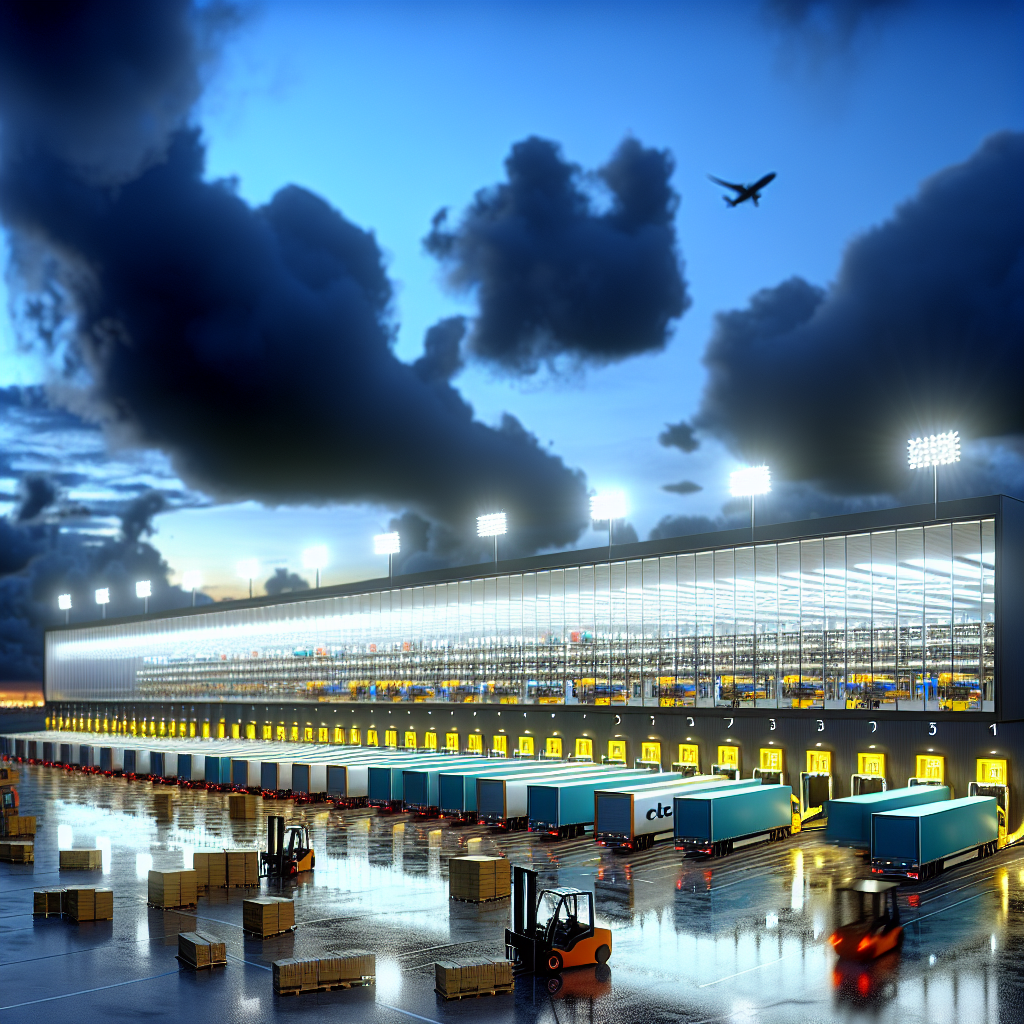Australia Post will pour A$320 million into a new parcel “super-hub,” a move that underscores a broader shift to bigger, more automated nodes designed to pull volume off a sprawling network and push it through fewer, faster facilities. The investment, first reported by FreightWaves, points to a future in which long-haul linehaul schedules, dock times and trailer turns are increasingly set by high-throughput sortation rather than dozens of smaller depots.
Fresh developments this week show how that strategy is taking shape nationally. In South Australia, Australia Post confirmed plans for a separate A$500 million, 83,000-square-metre parcel center at Elizabeth on Adelaide’s former Holden site, consolidating Australia Post and StarTrack operations under one roof and ultimately replacing the current Adelaide Airport site. The company says the project won’t cut jobs, instead creating new roles around engineering, data and automation, and it will double the capacity of the airport facility when it opens in 2028. For carriers, that promises denser trunk hauls into a single metro gate and more predictable pull times out to regional spokes.
Short term, AusPost is also putting guardrails around the holiday surge. The operator published its 2025 Christmas cut-off dates this week—December 19 for most interstate Parcel Post and December 23 for Express (with earlier dates for some lanes)—a signal to retailers and their trucking partners to lock in weekend coverage, secure overflow equipment, and build slack into east–west lanes well before mid-December. Those dates, coupled with the super-hub blueprint, hint at a peak plan that favors consolidated night flows, tighter dock scheduling and faster turnarounds for contracted linehaul.
What the mega-site model means for trucking: expect fewer but larger inbound and outbound windows, heavier emphasis on slot adherence, and more rigorous yard choreography as automation sets the tempo inside the building. The Elizabeth site, for example, is slated to run AI-enabled “dynamic sort” and granular, depersonalized parcel telemetry that AusPost plans to feed back to business customers—data that can improve route planning, reduce dwell and sharpen ETAs on downstream PUD runs. That level of visibility typically rewards carriers with reliable on-time performance and consistent equipment availability.
Even as the Adelaide Airport facility is earmarked for eventual closure, Australia Post is staffing for today’s volumes, with fresh postings for parcel processing roles in Adelaide opening on October 15. For contractors and asset-based carriers, that’s a reminder that the transition to mega-sites will be staged—capacity will ramp, lanes will be re-cut, and tenders will evolve as new gates open and legacy sites wind down.
Bottom line for transport providers: the A$320m super-hub adds another high-throughput anchor to AusPost’s parcel network while the A$500m Elizabeth complex readies the South Australian market for a step change in sort density. If you run long-haul into these catchments, start modeling tighter departure curfews, standardized palletization, and yard time targets that align with automated induction. If you’re on the final mile, plan for denser waves and earlier freight availability—because as these mega-sites come online, the clock inside the building will increasingly set the clock on the road.
Sources: FreightWaves; The Advertiser/AdelaideNow; News.com.au; Australia Post
This article was prepared exclusively for TruckStopInsider.com. Republishing is permitted only with proper credit and a link back to the original source.





